Even association with Taylor Swift couldn’t save Golden Goose’s IPO.
The Italian company, known for its high-end, distressed sneakers, today shocked the market by announcing the withdrawal of its nearly €600mn flotation in Milan.
This offering seemingly had everything going for it: star power, fashion appeal, exceptional financial performance, and a €100m cornerstone order from Invesco. The IPO was touted as one of the highlights of 2024.
It got off to a brisk start. The offering was covered throughout the range within the first hour of bookbuilding. Syndicate bankers talked up the “number of quality, long-only international investors” prepared to anchor the transaction. And all this was happening against a backdrop of excellent European IPO performance, with shares in microcomputer maker Raspberry Pi rising nearly 50 per cent since its London debut last week.
Despite these promising signs, the IPO faced a stark reality: the order book lacked demand from fundamental, “long-only” institutions. And Golden Goose’s controlling shareholder Permira couldn’t afford another capital markets turkey after the London flotation of Doc Martens.
The first sign that something was amiss came when the price range was announced last week. Briefed by deal participants, the financial media had talked about a €3 billion enterprise value, implying an equity value north of €2.5bn after deducting net debt, and in any case a substantial premium to Italian jacket maker Moncler.
Yet the market cap implied by the price range was €1.69-1.86bn, which came in “below expectations” and amounted to a 25-30 per cent discount to Moncler’s multiples. Then yesterday morning, the syndicate banks told investors that the IPO would price near the bottom of the range at €9.75 per share.
The seven (!) IPO bookrunners sought to reassure the market, insisting that the offering had been multiple times oversubscribed at and above that level. There is absolutely no reason to doubt the veracity of that statement. But there’s every reason to ask what this “market colour” actually means: it’s obvious a lot of that demand consisted of puffed-up orders from long-short hedge funds who play the new issue calendar, along with a smattering of interest from family offices and private banking accounts. Except for Invesco, the book was bloated with empty carbohydrates and was lacking in protein.
Why was the deal such a slog? Golden Goose’s flotation faced headwinds from the 3Ms: (Doc) Martens, midcap, and Macron.
One of the perennial debates in the capital markets is whether sellers are penalised if they stuff investors on a previous deal. The conventional answer is no: Memories are short, attractive opportunities can be too good to miss, and investors are paid to make money, not rake over the past. A good example involves the recent flotation success by buyout firm CVC.
Weeks before it went public, investors had been jammed with stock in the Frankfurt IPO of CVC-backed perfumer retailer Douglas, only for the share price to plummet. But investors flocked to CVC’s own IPO in Amsterdam, and virtually nobody mentioned Douglas. The reason is that CVC was seen as a best-in-class asset and the price range was pitched at a substantial discount to its peers.
Permira was not let off the hook quite so easily. According to several investors and bankers, some fund managers demanded a “Permira discount” to reflect its mixed reputation in the capital markets. Although the banks probably soft-pedalled the investor feedback, the Permira team must have known that its performance history was an issue with the buyside.
Like a lot of private equity houses, Permira has an uneven track record with European IPOs.
When it floated German software company TeamViewer in 2019 and Polish e-commerce firm Allegro in 2020, shares in both companies performed well for a while, although they are both well below their IPO price today.
However, it is the collapse in the share price of another Permira-owned footwear company, the UK’s Doc Martens, that cast a shadow over Golden Goose’s flotation. Permira sold around a third of Doc Martens in early 2021 in a heavily oversubscribed stock market debut, and the stocks urged and indeed stayed above IPO price for almost a year — long enough for Permira to sella nother 7 percent in early 2022.
All in all, Permira was able to take £1.26bn off the table. But since then Doc Martens has issued five profit warnings, causing the London-listed shares to tumble over 80 per cent from their initial offer price.
It was particularly unfortunate that Doc Martens halved its dividend and announced a big fall in earnings on the same day that Golden Goose announced its intention to float.
Against that backdrop, Golden Goose wasn’t an attractive enough company for investors to cut Permira much slack. It is perceived as an pretty good — but not a must-own — asset: several investors cited, for example, fashion risk and product concentration, along with its small size and niche market position, as key concerns, and stock would be a midcap in Milan, with limited liquidity in the after-market.
And this leads to the next issue for European flotations: midcap IPOs have less margin for error. Investors have seen how volumes dry up and so are careful not to take on too large of a position. They also demand greater price concessions.
One problem with the deal is that even at just under €600mn (including greenshoe), the deal size was probably too large. The offering consisted of €100mn for Golden Goose and a sale of up to €495mn for Permira. Ideally, you’d allocate about €400mn (two-thirds) to fundamental or “long only” fund managers. The €100mn Invesco cornerstone order could be filled, but it’s awkward to allocate more than 50 per cent to other long-only investors — you need them to buy in the after-market and you’ve told them anyway the deal is several times oversubscribed.
That means (ex-Invesco) the underwriters needed roughly €600m of gross long-only demand — a tall ask for a €1.75bn market cap. The right move would have been to reduce the size of Permira’s sale, even at the cost of some after-market liquidity.
Whatever the case, the IPO didn’t come close to generating the necessary fundamental demand. The big mutual fund complexes appeared to have shied away.
In other words, the deal may have been oversubscribed, but if the underwriters had put out the deal stock, Golden Goose would have almost certainly laid a big egg. A double-digit percentage decline on the first day would’ve been a bad look for a luxury firm and a devastating reputational event for Permira.
So much for deal dynamics and tactics. A third factor weighed on the deal, and it was outside the control of Golden Goose, Permira and the army of underwriters: the day after Golden Goose set its price range, French President Emmanuel Macron called a snap parliamentary election after far-right parties had outperformed in European elections.
The announcement came at an inopportune time. American investors had been pouring into Europe like cruise ship passengers disembarking in Venice. And luxury is one of the sectors that Europe excels in and US funds just can’t find on domestic exchanges. The Golden Goose deal was set up to appeal to the big US money managers.
But Macron’s announcement triggered a sell-off in European equities, including luxury names — not a bloodbath but enough to give pause to American investors. The main valuation peer, Moncler, traded down by seven per cent during Golden Goose’s offer. US participation in European IPOs is sometimes derisively called “tourist money”, and tourists tend to return home at the first whiff of political trouble.
In sum, Permira and Golden Goose probably did the market a big favour by pulling the deal and sparing investors an immediate mark-to-market loss. The failed flotation leaves an open verdict as to whether the market is open to the substantial number of midcap IPOs in the pipeline.


























































![Mason Ramsey – Twang [Official Music Video] Mason Ramsey – Twang [Official Music Video]](https://i.ytimg.com/vi/xwe8F_AhLY0/maxresdefault.jpg)







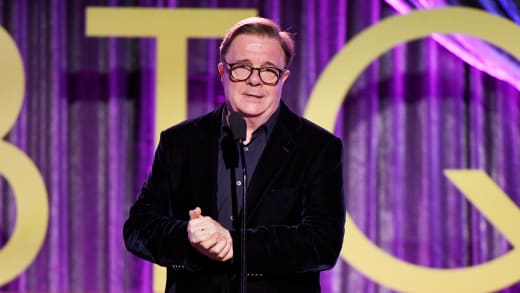



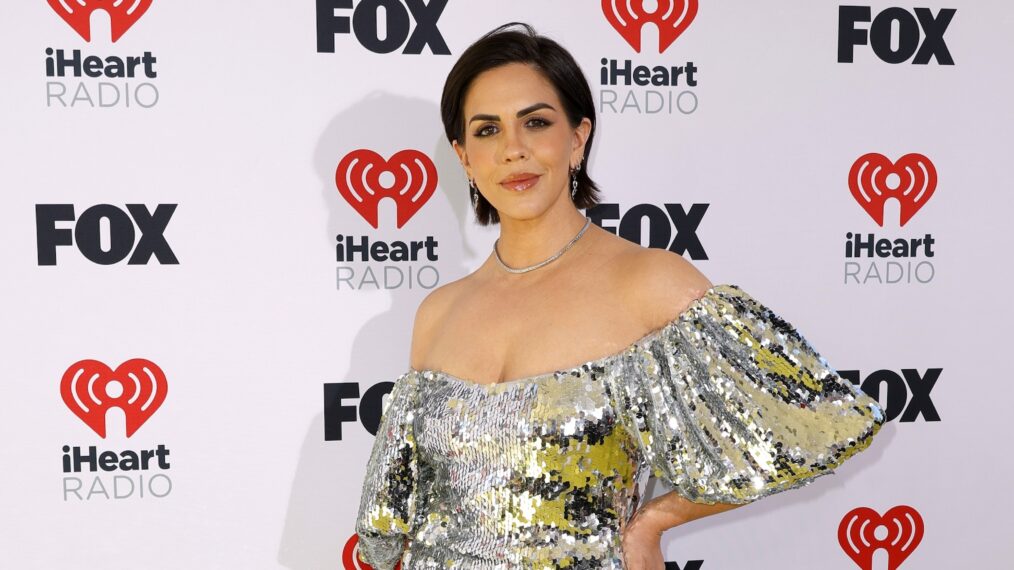


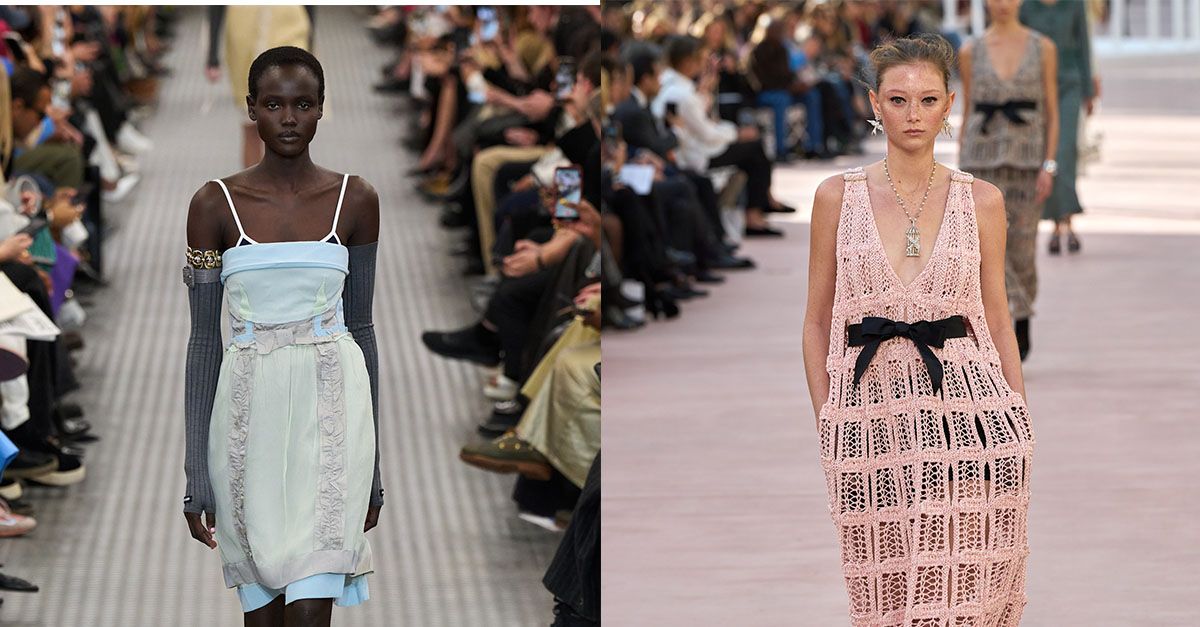

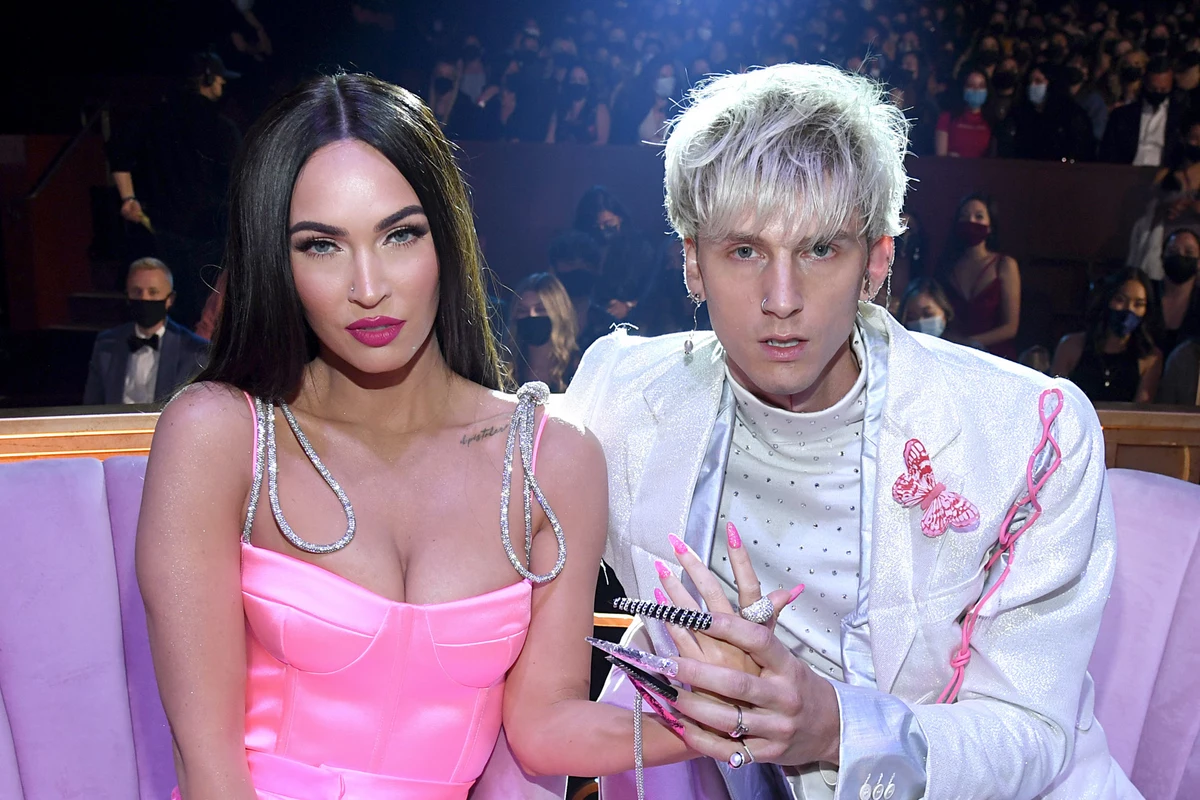

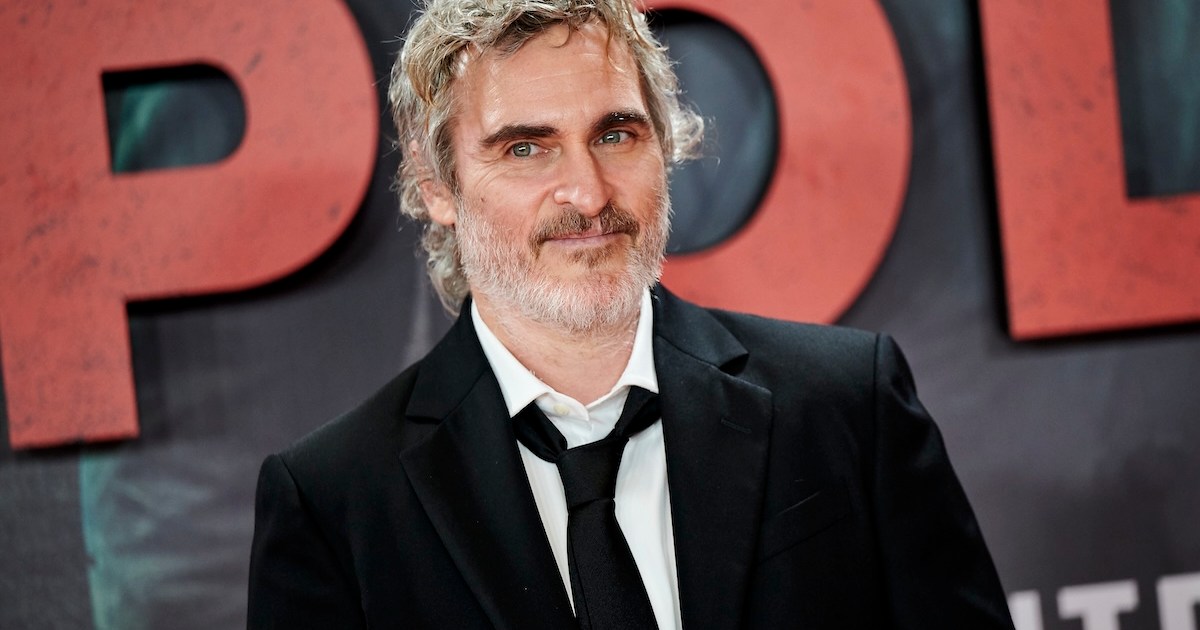

![Young Colton, Del and Evelyn in 1974 [VIDEO] Young Colton, Del and Evelyn in 1974 [VIDEO]](https://tvline.com/wp-content/uploads/2025/01/the-way-home-season-3.jpg?w=650)

